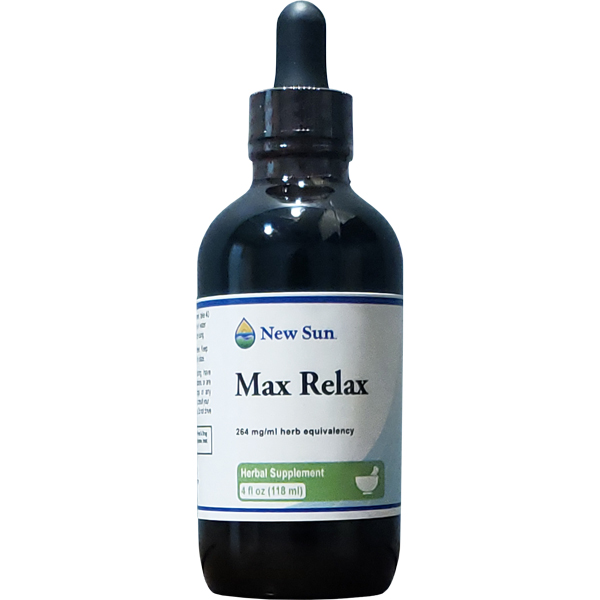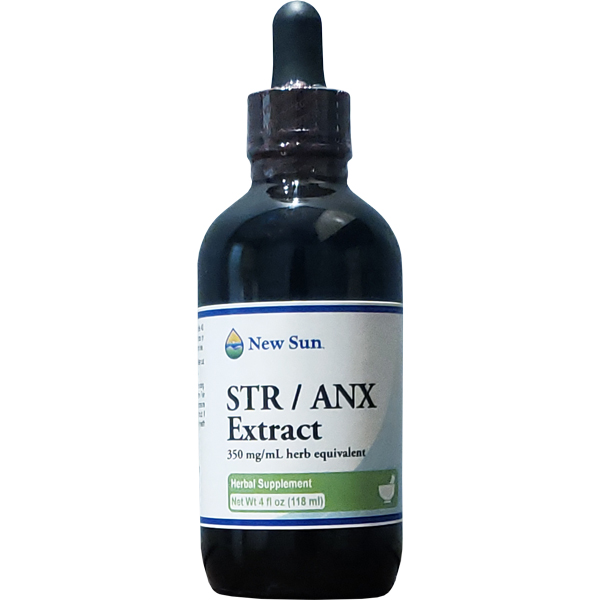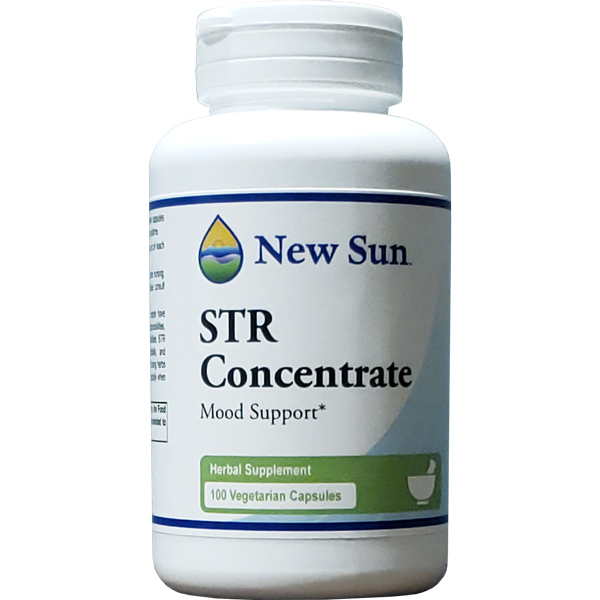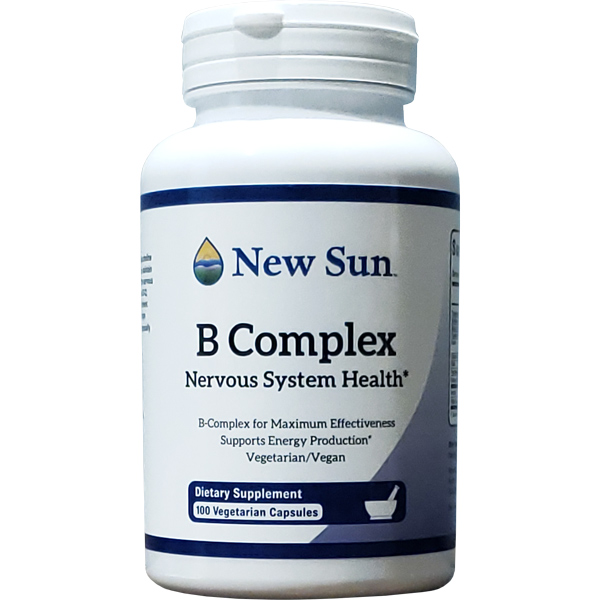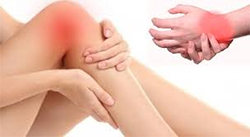
Boswellia Serrate (Frankincense) Boswellia Serrata is a large branching tree native to India, Northern Africa, and the Middle East. The trunk is tapped for its resin, which is purified and used in herbal preparations This resin has been used for centuries and clinical trials have shown that it has anti-inflammatory properties and analgesic (pain-relieving) properties. It may also help prevent cartilage loss and inhibit the autoimmune process. In a 2008 study, the extract, also known as Loxin 5, significantly improved OA pain and function within seven days. Several Indian studies also revealed it slowed cartilage damage after three months. Best used for osteoarthritis(OA).
University of Michigan: (http://unofmhealth.org/health-library/hn-2053005)
Memorial Sloan Kettering: (http:/mskcc.org/cancer-care/integrative-medicine/herbs/Boswellia)
US National Library of Medicine(http://ncbi.nlm.nih.gov/pmc/articles/PMC3309643)
Capsicum One major chemical constituent found in the fruit of the capsicum plant is capsaicin which is known to have anti-inflammatory properties in addition to promoting better circulation. The anti-oxidants contained in capsicum help combat free radicals in the body and may aid with osteoarthritis (OA). Capsicum seems to reduce the sensations of pain when applied topically. This is due to its ability to reduce substance P which is a chemical that carries pain messages to the brain. Reduced substance P means less pain in the body. Mixing capsicum with MSM lotion and applying to the affected area may bring relief from pain.
University of Maryland Medical(http://www.umm.edu/health/medical/altmed/herb/capsicum) has published several studies on capsicum which are available on-line. There are a number of on-line sources such as www,WebMD.com that contain information relating to capsicum and its benefits in regards to arthritis. Best used for osteoarthritis(OA) and rheumatoid arthritis(RA).
Turmeric/Curcumin LINK Derived from an Asian plant (Curcuma longa, Turmeric is an herb that most people are familiar with, curcumin is an active constituent and it has the ability to reduce joint pain and swelling by blocking inflammatory cytokines and enzymes. According to The National Institute of Health it is most used for osteoarthritis (OA) because of its anti-inflammatory properties. A 2010 clinical trial using turmeric showed long term improvement in pain and function in patients with knee osteoarthritis(OA). A small study in 2012 using curcumin showed more reduced joint pain and swelling in patients with rheumatoid arthritis(RS).
The University of Maryland Medical (http://www.umm.edu/healthmedical/altmed/herb/turmeric) agrees that curcumin is a strong antioxidant that helps reduce inflammation in the body. Antioxidants scavenge free radicals in the body which damage cell membranes, tamper with DNA, and even cause cell death. Antioxidants can fight free radicals and may reduce or even help prevent some of the damage they cause.
Taken from Dr. Andrew Weil’s website(http://www.drweil.com/drw/u/ART03001/Three-Reasons-to-Eat -turmeric.html): Turmeric contains a number of anti-inflammatory compounds. There are several different COX-2-inhibitors in turmeric. COX-2 is an enzyme that promotes pain, swelling and inflammation in the body. And inhibitors will selectively block that enzyme and help ease the pain and inflammation. Curcumin, the active constituent in turmeric, is a multifaceted anti-inflammatory. Studies on curcumin have shown positive changes in arthritic symptoms.
Cat’s Claw is a plant that is native to South and Central America as well as the Amazon rainforest. The bark and root have been used in that region for centuries to aid with inflammation issues such as arthritis. Cat’s Claw has antioxidant properties which help fight against free radicals which in turn, may help prevent and reduce damage in the body. It also contains compounds that may benefit the immune system. A small 2002 trial showed it reduced joint pain and swelling by more than 50% compared with a placebo. It is best used for rheumatoid arthritis (RA) Cat’s Claw has properties that may also aid and assist with viral infections, shingles, colitis, diverticulitis and chronic fatigue. Cat’s claw was ranked as the seventh most popular herb in U.S. sales in 1997. Be careful not to confuse cat’s claw with cat’s foot.
There are several sites that provide information from studies that have been conducted on Cat’s Claw.
The University of Maryland Medical (http://www.umm.edu/healthmedical/altmed/herb/catsclaw)
Purdue University (http://hort.purdue.edu/newcrop/CropFact Sheets/catsclaw.html)
Memorial Sloan Kettering (http://www.mskcc.org/cancer-care/integrative-medicine/herbs/catsclaw).
Ginger is a native of Asia and has been used for thousands of years as a cooking spice. During the past 25 years there have been a number of studies providing scientific support that the constituents found in ginger contain anti-inflammatory properties. These properties are similar to ibuprofen and COX-2 inhibitors. A study from 2012 revealed that a ginger extract reduced inflammatory reactions in rheumatoid arthritis(RA) as effectively as steroids did. Other studies showed that taking an extract several times each day for three months reduced osteoarthritis pain in the knee. It is believed that it is best used for rheumatoid arthritis(RA) and osteoarthritis(OA). Ginger has a long history of use in Asian, Indian, and Arabic herbal traditions. In China, for example, ginger has been used to help with digestion and aid with stomach upset, diarrhea, and nausea for centuries. Ginger has also been used to help with arthritis, colic, and heart conditions.
The University of Maryland (http://umm.edu/healthmedical/altmed/herb/ginger)
Memorial Sloan Kettering(http://mskcc.org/cance-caare-integrative-medicine/herbs/ginger)
More research: (http://jivaresearch.org/Ginger.php).
Pine Bark Extract (Pinus pinaster) contains an active ingredient known as pycnogenol. Pycnogenol can also be extracted from other sources such as grape seed, witch hazel bark and peanut skin. The U.S. registered tradename for the pine bark extracted ingredient is pycnogenol. Studies have been conducted and conclude that pycnogenol has anti-inflammatory properties, thus it aids in reducing pain in the joints. Pine bark contains anti-oxidants that interact with free radicals within the body and terminate the chain reaction they cause before vital molecules are damaged. These anti-oxidants may slow down the degenerative process caused by arthritis. It is best used for osteoarthritis(OA). As with all herbs there are other disorders that it may aid such as anti-aging, and circulatory problems.
Studies have been conducted at several universities and they are published on-line.
The University of Maryland Medical: (http://www.umm.edu/healthmedical/altmed/herb/pinebark)
Stanford University: (http://PPOP.stanford.edu/pinebark/html)
Memorial Sloan Kettering🙁http://mskcc.org/cancer-care/integrative-medicine/herbs/pine-bark-extract)
Our mission at New Sun is to educate people regarding natural alternatives, provide the highest quality products, competitive pricing and exceptional customer service.
Next week we will learn about what vitamins, minerals and nutrients are beneficial for those with arthritis. Remember…take time for physical activity, maintain a healthy weight and eat a diet low in acid.

*These statements have not been evaluated by the Food and Drug Administration. These products are not intended to diagnose, treat, cure, or prevent any disease.


